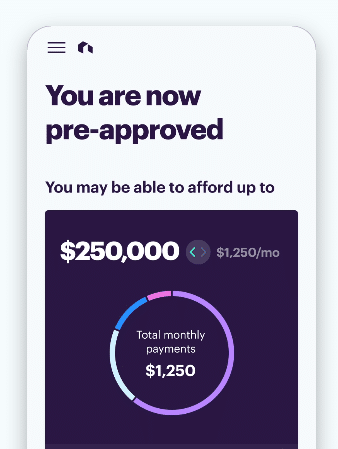CrazyScary: Fed Reveals Extent of the Credit Crisis
Frame it. Better yet, send it to every professor of finance you know. It is — here’s the shocker — the October 2008 Senior Loan Officer Opinion Survey.
That’s right, that tried-and-true quarterly report on lending practices at banks — the one that always reads like a customer’s bill of rights on a 7-Eleven checkout line or like a technical manual for putting together a, well, technical manual — should be revered, analyzed, even canonized. The October report released yesterday is nothing short of a witness to history.
You’d never guess it by the actual report with its droll “large fractions of domestic banks” doing this or that, but the October survey offers a concise portait of what a banking economy looks like when it does not function. At all.
ACROSS THE BOARD TIGHTENING
There is not a category of underwriting which did not tighten during the third quarter of 2008, which is the time period the October report addresses. Commercial and industrial loans: “tightening for all price and nonprice terms.” Credit limits on consumer cards: “reducing credit limits … to prime and to nonprime borrowers.” C&I spreads: “nearly all banks … noted that they had increased spreads.” Commercial real estate lending: 85% tightened their lending standards on such loans
The actual degree lending seized up was substantial. The survey found that 95% — 95%! — of U.S. banks increased the price they charge large- and medium-sized companies for credit lines. That’s in one quarter. Think about that. Almost every single bank in America, en masse, increased its credit prices. The consumer market, too, saw a massive retreat from risk, as 70% of prime home lenders and 90% of “nontraditional” home lenders tightened their mortgage lending standards.
Such mass, nationwide credit tightening usually just doesn’t happen — but it did. To higher prices and tighter underwriting add increased spreads and increased premiums and you have a lending market that no longer deserves the “lending” in its name.
The reason is simple. “Large majorities of respondents indicated that their bank’s reduced tolerance for risk and a worsening of industry-specific problems were factors in their decision.” That’s the Fed’s way of saying banks panicked.
MORE LENDING NEEDED?
When you delve into the report you see evidence of other interesting trends. For example, we’ve all read article after article about how “no one wants to lend.” On Oct. 15, Henry Paulson, the secretary of the Treasury Department, said “You get banks lending going again, supporting businesses, supporting jobs, supporting consumers, that’s what we need to do.”
Here’s the thing: The report indicates that demand for loans last quarter, uh, fell. C&I loan demand fell at 15% of the respondents, for example. It is unclear whether the retreat from lending led to less loan demand or vise versa. Suffice it to say, forcing banks to lend may not mean borrowers will take the loans offered.
Companies may have sought fewer new loans, but they certainly jumped on the liquidity of the loans they already had, tapping more of their credit facilities during the third quarter, 40% of banks nationwide said. There is a discrepancy between large banks and small banks in this regard. The majority of the credit line activity — 65% to be exact — was at large banks, which implies the increase in the dollar amount of C&I loans drawn under preexisting commitments last quarter were done mainly by large companies. That compares to just 5% at smaller banks. In other words, at least last quarter this was a big-bank credit crisis, and not necessarily a banking-wide crisis.
“ATTRACTIVE” BANKS
The market already started adjusting to the credit seizure, the survey found.
“Among banks that reported an increase in demand [for C&I loans], nearly all … reported that customer borrower had shifted to their bank from other bank or nonbank sources because these other sources had become less attractive,” the Fed said.
We are not sure what “less attractive” truly means (don’t bother calling on the Fed; the agency does not provide “color” on the Senior Loan Officer survey), but we assume that means the market was scurrying to “safer” banks in the third quarter. We also presume that the movement was not necessarily equal from “other bank and nonbank sources,” but mostly from “nonbank sources.”
This is all fine and scary. But the most frightening result from the survey was that 95% of banks that reduced the credit limits they extended to consumer credit card holders did so because of “less favorable or more uncertain economic outlook and reduced tolerance for risk.” You want a consumer spending-driven economic recession? Try reducing credit card limits for 95% of a nation that largely consumes goods with credit, and right before the holiday season no less.
Wait until the next Senior Loan Officer Opinion Survey will be released in January 2009. It’ll be another for the ages.











